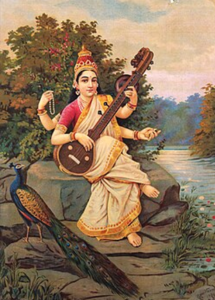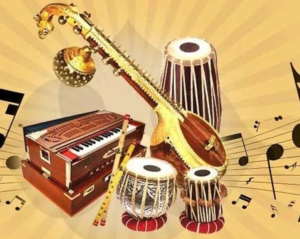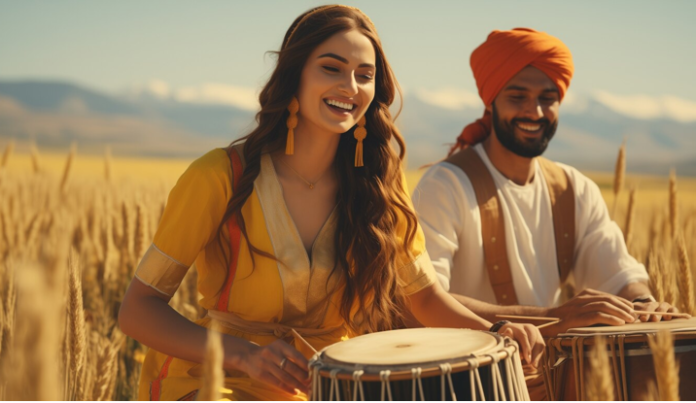The history of Indian music is a rich and varied embroidery that spans thousands of years and includes a wide range of styles, traditions, and influences. Indian music is broadly divided into two categories: classical music and folk music.
 Classical music in India dates back over two millennia. The Samaveda, one of the four Vedas, contains hymns set to music, which is where Indian classical music originated. Over time, Indian classical music separated into two distinct traditions: Hindustani music in the north and Carnatic music in the south.
Classical music in India dates back over two millennia. The Samaveda, one of the four Vedas, contains hymns set to music, which is where Indian classical music originated. Over time, Indian classical music separated into two distinct traditions: Hindustani music in the north and Carnatic music in the south.
Hindustani classical music is based on ancient Indian subcontinent traditions and has been influenced by Persian, Islamic, and Central Asian musical traditions. It is distinguished by a system of ragas (melodic modes) and
Saraswati goddess of music
talas (rhythmic cycles) and is traditionally performed on instruments such as the sitar, sarod, tabla, and flute.
 Image: Octave online
Image: Octave online
Carnatic classical music, on the other hand, has a stronger connection to ancient Indian musical traditions and is primarily practiced in India’s southern states. It is distinguished by its complex melodic and rhythmic structures, as well as its emphasis on improvisation. Carnatic music’s key instruments include the veena, violin, mridangam, and ghatam.
In addition to classical music, India has a rich tradition of folk music, which varies greatly by region. Folk music in India is often associated with specific cultural practices, rituals, and festivals, and it is performed on a variety of traditional instruments. Folk music is important for preserving the cultural heritage of various communities across the country.
In recent times, Indian music has been influenced by Western musical traditions, resulting in the emergence of genres such as Indian pop, fusion, and film music. Indian film music, in particular, has helped to popularize Indian music both domestically and internationally.
Overall, the history of Indian music demonstrates the country’s rich cultural heritage and the enduring popularity of its musical traditions both within India and on a global stage.
 By:Anil Pandit
By:Anil Pandit

Readers like you, make ESHADOOT work possible. We need your support to deliver quality and positive news about India and Indian diaspora - and to keep it open for everyone. Your support is essential to continue our efforts. Every contribution, however big or small, is so valuable for our future.











Very good overview of our rich music traditions. However, we’ve been bombarded with pointless filming music even worse than during the 1950s and 1960s . Sough India still manges to keep to originality which is refreshing.